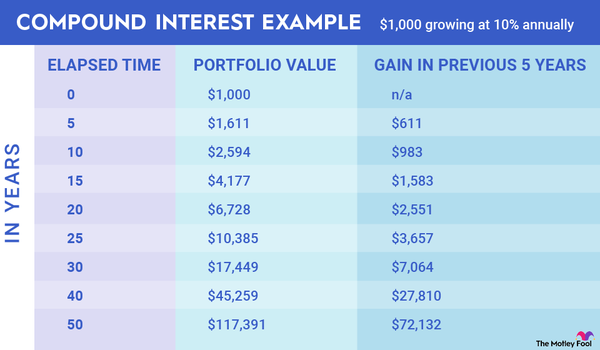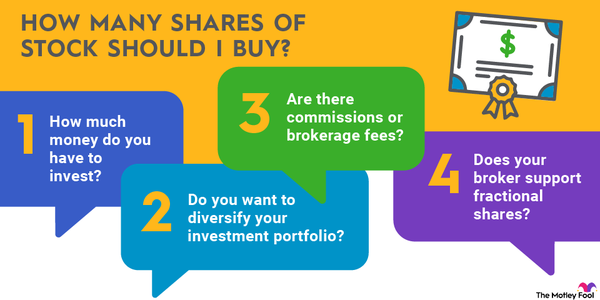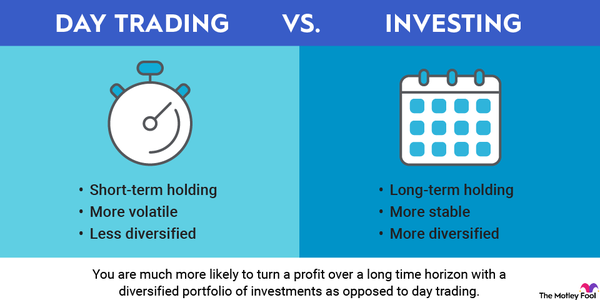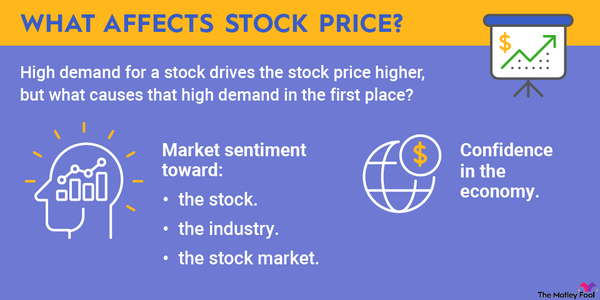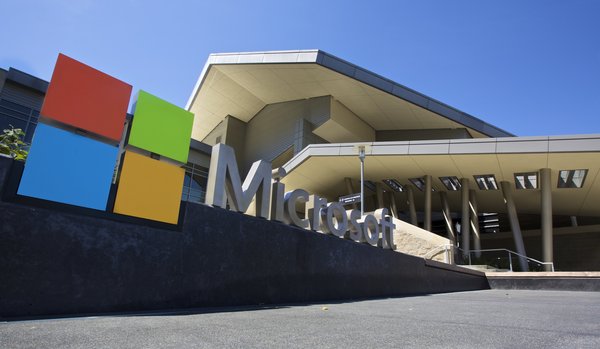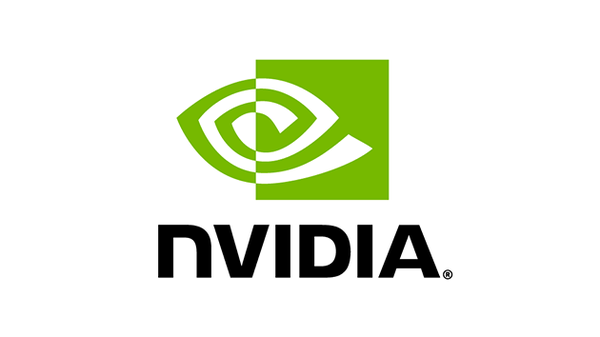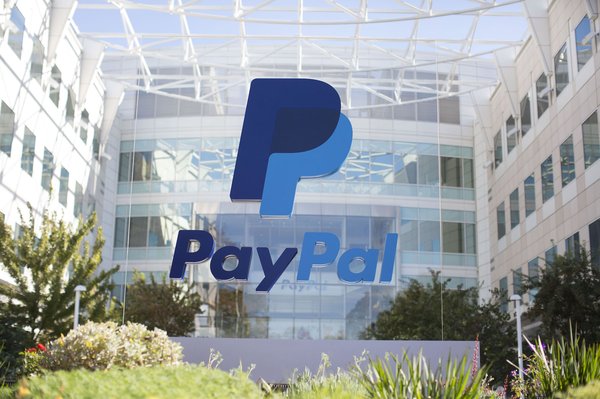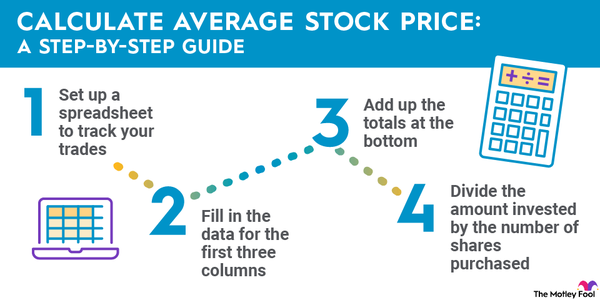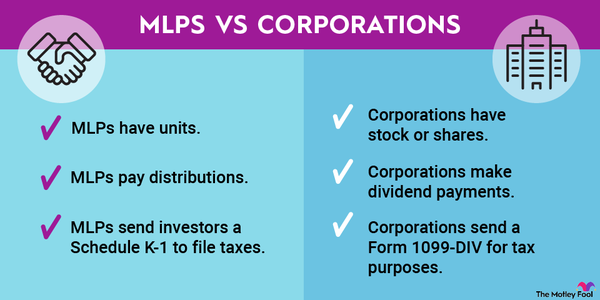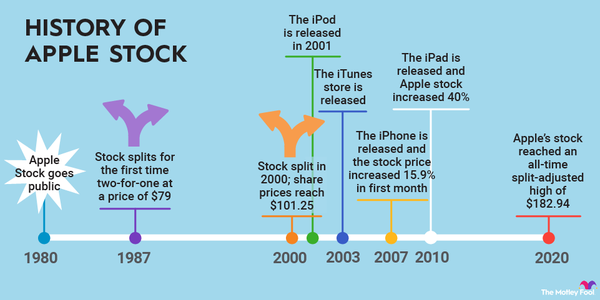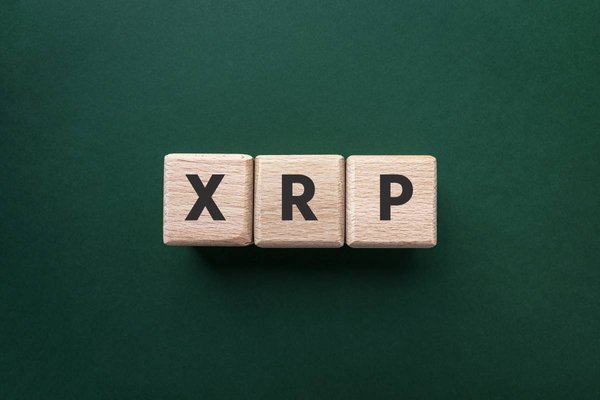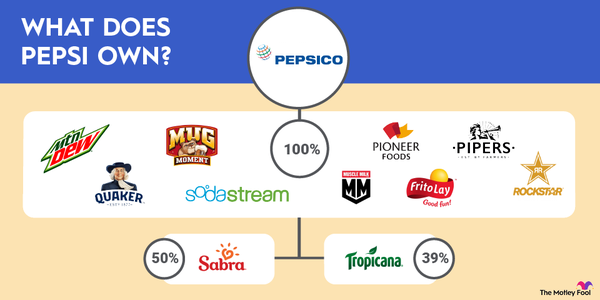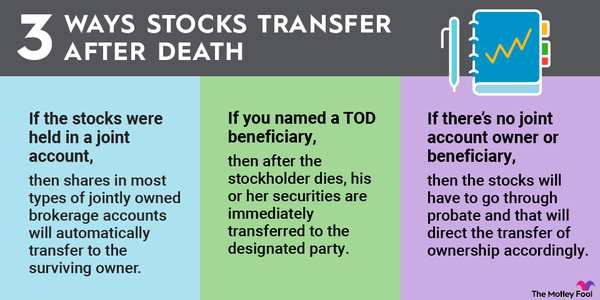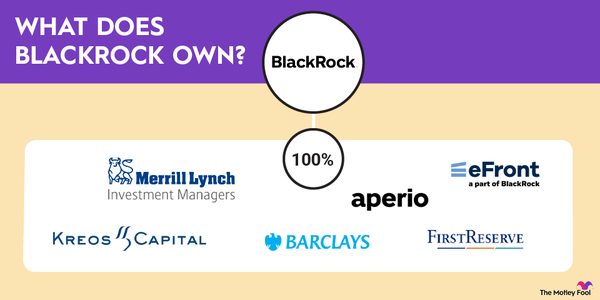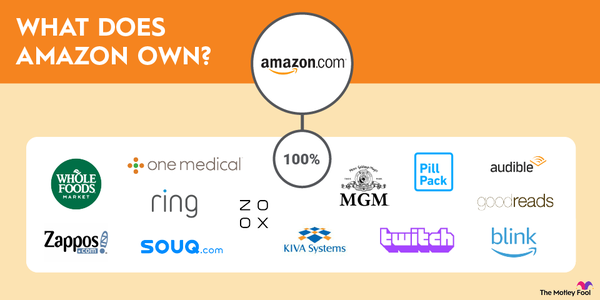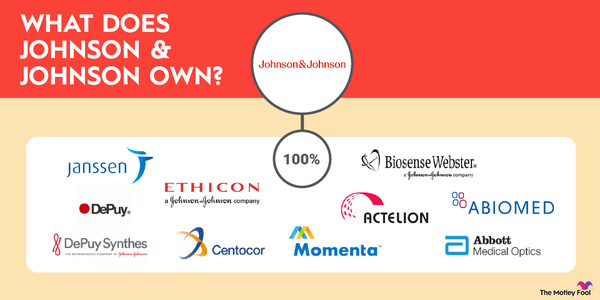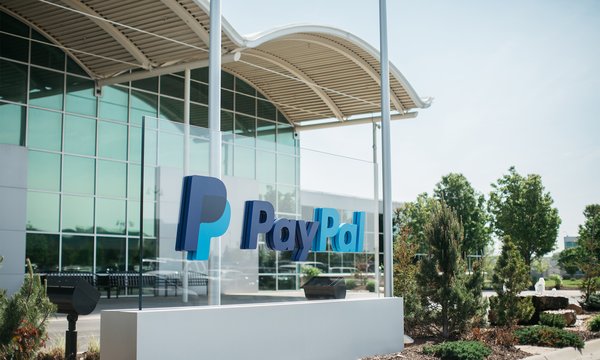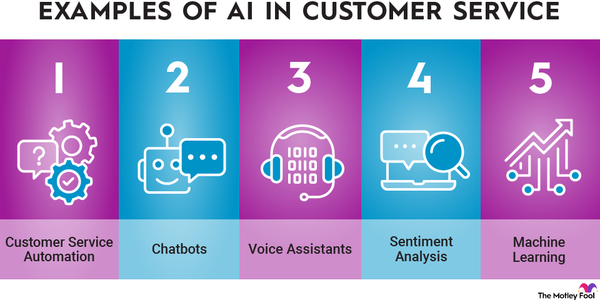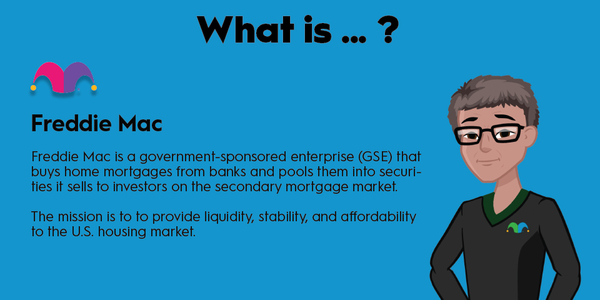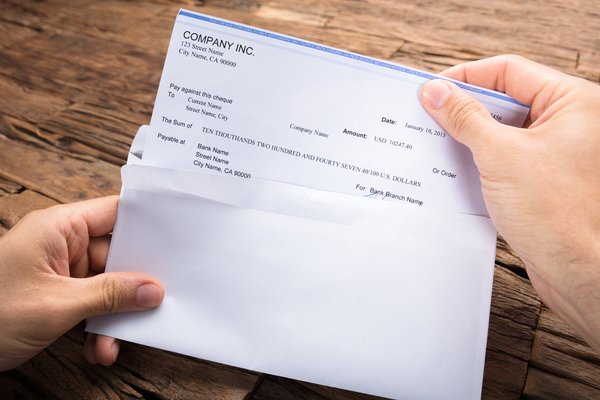Customer relationship management, which defines business interactions with customers, is a relatively new process that became popular in the late 1990s. Salesforce (CRM 2.75%) is only 25 years old but has capitalized on this process to emerge as the third-largest enterprise software company in the world. Here, we'll look at how Salesforce became one of the largest cloud-based computing businesses in the world. You'll learn how to invest in Salesforce and about its prospects as a long-term investment.
Investing in Salesforce
Investing in Salesforce
Salesforce, a San Francisco–based enterprise software company, was a red-hot investment for the first two decades of its existence. The company’s growth was fueled by a string of acquisitions, capped by its $27.7 billion purchase of Slack in 2021.
Since its 2004 initial public offering (IPO), Salesforce stock has risen steadily, with very few setbacks. If you’d spent $10,000 on shares when the company went public and held them today, your investment now would be worth about $645,000.
Salesforce controlled 23.9% of the customer relationship management market in 2023, more than the combined market share of competitors Microsoft (MSFT 0.58%), Oracle (ORCL 1.78%), SAP (SAP 0.25%), and Adobe (ADBE 0.41%).
The cloud-based giant leveraged its customer relationship management strength and successes to begin locking customers into Salesforce’s expanded offerings in the commerce, marketing, analytics, and data visualization markets. But a combination of factors -- reduced software spending, growing competition, and activist investors -- has slowed growth for most of its cloud platforms, which include software for service, sales, platform and other, marketing and commerce, and integration and analytics.
The headwinds mean the company expects revenue growth between 8% and 9% in the 2025 fiscal year; analysts expect revenue growth to increase at a compound annual growth rate (CAGR) of 10% through the 2027 fiscal year, less than the estimated rate for the global customer relationship management market. Salesforce has responded by laying off thousands of workers and channeling free cash flow into its first buyback plan and dividend to please activist investors.
Stock
How to buy Salesforce stock
How to buy Salesforce stock
1. Open your brokerage app: Log in to your brokerage account where you handle your investments.
2. Search for the stock: Enter the ticker or company name into the search bar to bring up the stock's trading page.
3. Decide how many shares to buy: Consider your investment goals and how much of your portfolio you want to allocate to this stock.
4. Select order type: Choose between a market order to buy at the current price or a limit order to specify the maximum price you're willing to pay.
5. Submit your order: Confirm the details and submit your buy order.
6. Review your purchase: Check your portfolio to ensure your order was filled as expected and adjust your investment strategy accordingly.
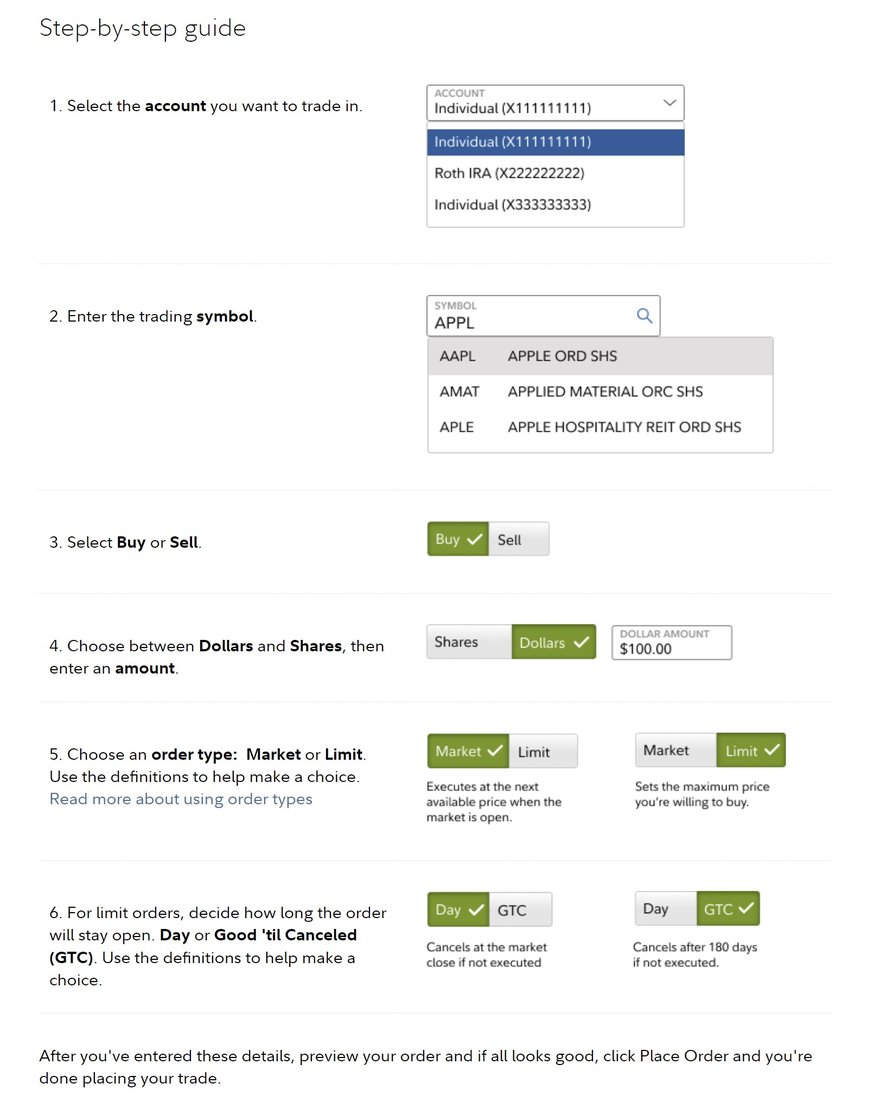
Should you invest in Salesforce?
Should you invest in Salesforce?
Whether you should invest in Salesforce is a fair question. After all, if you’d bought $10,000 in Salesforce stock when its IPO hit the markets in 2004, you'd be sitting on a $645,000 nest egg.
But past performance is no guarantee of future results, and investing in a particular stock is an extremely personal decision that depends on factors such as your time horizon, risk tolerance, portfolio composition, and beliefs about the future of any particular industry or company.
You may want to consider investing in Salesforce if:
- You want to invest in a company that’s tied to a long-term secular trend like cloud computing.
- Your company uses Salesforce products, and you believe they’re superior to other offerings.
- You believe the company will take advantage of artificial intelligence (AI) innovations to help customers automate processes, make faster decisions, and provide superior customer service.
- You’re encouraged as an investor by the company’s plans to pump the brakes on its mergers and acquisitions spree.
- You understand that Salesforce isn’t likely to continue growing as quickly as it has over the past two decades.
- You think Salesforce stock can outperform the S&P 500 over the long term.
- You’re a fan of founder-led companies and believe that Marc Benioff can continue to steer Salesforce in the right direction.
Here are a few reasons you might want to pass on buying Salesforce stock:
- You don’t understand exactly what Salesforce software does, or you doubt that its products add much value.
- You’re not sure that the cloud computing market will continue to grow steadily.
- You believe AI is overhyped or likely to damage the economy.
- You think Salesforce competitors are gaining ground and will soon surpass its market share.
- You’re looking for more substantial and reliable dividend income.
- You think Salesforce’s acquisitions have overextended the company.
- You have doubts about the company’s ability to match or even approach its earlier rapid growth.
Mergers and Acquisitions
Is Salesforce profitable?
Is Salesforce profitable?
Salesforce might not be posting the large profits it reported earlier in its existence, but it’s important to note that it’s still a profitable company. It recorded almost $10 billion in revenue during its most recent fourth quarter that ended Jan. 31, 2025, an 8% year-over-year increase -- healthy by most standards, but short of the 20% returns investors routinely enjoyed over the last decade.
Given that profit drives stock prices, the company’s latest returns should indicate that the company will continue to grow, even if its boom years are over. Investors should also keep in mind that even though Salesforce is a giant, it’s not immune to the recent headwinds faced by the cloud computing industry.
When considering profitability, investors also should keep in mind that the company has slowed its acquisitions spree, which had acted as a drag on net income. Meanwhile, it’s increased its free cash flow by more than 30% year over year, and operating margins have improved dramatically.
Does Salesforce pay a dividend?
Does Salesforce pay a dividend?
Blue chip companies generate a fair amount of cash, and investors generally expect some of that extra cash to be returned to them in the form of profits. Salesforce only began declaring a dividend in February 2024.
The company announced a $0.42-per-share quarterly dividend in February 2025, paid on April 24 to shareholders of record as of April 10. Although the company’s annual dividend yield amounts to a paltry 0.6% (the S&P 500 dividend yield is around 1.3%), the change may have helped appease activist investors who were pushing for significant changes.
ETFs with exposure to Salesforce
ETFs with exposure to Salesforce
Not everyone wants to be an active stock picker and manage a portfolio of individual stocks. Thanks to exchange-traded funds (ETFs), you don't have to be an active investor. These passive investment vehicles allow you to gain some exposure to a company through a thematic approach or broader market strategy.
As of mid-2025, 421 ETFs reported holdings of Salesforce stock. The largest was the Vanguard Total Stock Market ETF (VTI 1.21%), which held roughly 29 million shares worth $7.7 billion, about 0.45% of its total assets under management. Funds with larger exposure to Salesforce included the iShares Expanded Tech-Software Sector ETF (IGV 1.26%), with 7.8%, about $898 million, of its holdings invested in the cloud-based company, worth about $898 million.
Exchange-Traded Fund (ETF)
Will Salesforce stock split?
Will Salesforce stock split?
Trying to predict a stock split for a particular company is always tricky. Splits depend on a number of variables that make their timing extremely hard to predict. Although plans for a split haven't been announced, it’s fairly safe to assume that Salesforce stock may split in the not-too-distant future for the following reasons:
- The company’s first (and only) split occurred more than a decade ago, when it announced a 4-for-1 split in April 2013.
- Since the 2013 split, its share price has risen 574%, more than triple the Dow Jones Industrial Average return over the same period.
- The company’s shares were trading for roughly $275 in mid-2025. The last time it split, its shares were selling in the mid-$40 range. One of the primary reasons for a split is to make shares more accessible to retail investors by lowering the price of individual shares.
So will Salesforce split its stock? Almost certainly. When will Salesforce split its stock? Who knows.
Related investing topics
The bottom line on Salesforce stock
The bottom line on Salesforce stock
The COVID-19 pandemic was brutal for many stocks, even those focused on cloud computing. Salesforce shares fell almost 50% in 2022 to about $133 per share before rebounding to around $275 by mid-2025. The increase is likely far from a dead-cat bounce, but it’s also not a sign that the company is going to re-establish the rocketlike growth trajectory of its earlier years.
Investors who believe the San Francisco-based customer relationship management giant will be able to leverage AI and stay ahead of its competitors should consider the stock as a long-term buy-and-hold proposition that’s likely to have its ups and downs as its market continues to evolve.
FAQs
Buying Salesforce stock FAQs
How much will Salesforce stock be worth in five years?
It's absolutely impossible to say how much any stock will be worth in five years, especially in a volatile, still-emerging technology sector. It's likely, however, that long-term, patient investors will be rewarded with steady price appreciation if Salesforce can continue to maintain its leading role in enterprise software development.
Is Salesforce on NYSE or Nasdaq?
Salesforce trades on the New York Stock Exchange under the ticker symbol CRM.
Is Salesforce publicly traded?
Salesforce has been publicly traded since June 2004.
Is Salesforce a good company to buy?
It depends on your risk tolerance, portfolio makeup, and expectations. It is likely a good buy for long-term investors who believe Salesforce will maintain its leading role in enterprise software development. But investors focused on growth stocks or dividend income might be disappointed.












